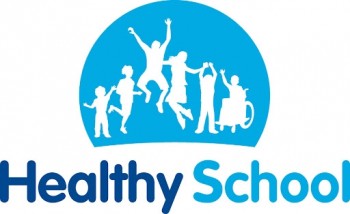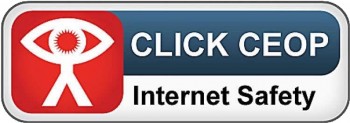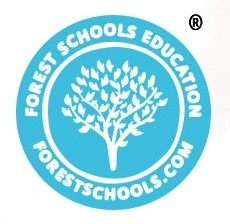Science
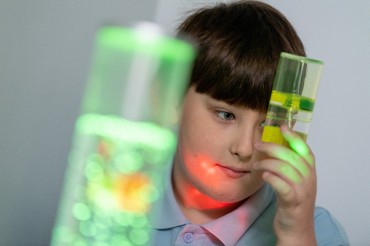 We nurture our pupil’s curiosity and encourage them to be inquisitive about the world around them during their time at Cromer Junior School and beyond.
We nurture our pupil’s curiosity and encourage them to be inquisitive about the world around them during their time at Cromer Junior School and beyond.
In the Cornerstones Curriculum, the names of the science projects are matched to the national curriculum aspects, for example, Living things and their habitats and Earth and space. The science projects are sequenced to develop both children’s substantive and declarative knowledge, and if possible, make meaningful links to other projects. For example, in Year 3, the projects Plant Nutrition and Reproduction and Light and Shadows are taught alongside the design and technology project Greenhouse and the art and design project Beautiful Botanicals. These links allow for children to embed their substantive knowledge in new and often real-life contexts. The sequencing of projects ensures that children have the substantive knowledge and vocabulary to comprehend subsequent projects fully. Each project’s place in the year has also been carefully considered. For example, projects that involve growing plants or observing animals are positioned at a suitable time of year to give children the best possible opportunity to make first-hand observations. Within all the science projects, disciplinary knowledge is embedded within substantive content.
Lower Key Stage 2
Having learned about human body parts, the senses and survival in Key Stage 1, children now focus on specific body systems and nutrition in Key Stage 2. In the autumn term of Year 3, they learn about the skeletal and muscular system in the project Skeletal and Muscular Systems. This learning again links to other animals, with children identifying similarities and differences. Children also learn about healthy diets alongside the autumn term design and technology project Cook Well, Eatwell. In the spring term, properties of materials are revisited in the project Forces and Magnets, with children identifying magnetic materials and learning about the non-contact force of magnetism. They also begin to learn about contact forces, investigating how things move over surfaces. Science learning about rocks and soils is delivered through the geography project Rocks, Relics and Rumbles. Children begin to link structure to function in the summer Plant Nutrition and Reproduction project, identifying the plant parts associated with reproduction and water transport. Children finish the year with the project Light and Shadows, where they are explicitly introduced to the subject of light, with children learning about shadows and reflections, revisiting language from Key Stage 1, including opaque and transparent.
In the autumn term of Year 4, children learn about the digestive system, again making comparisons to other animals, in the project Digestive System. The second autumn term project Sound introduces the concept of sound, with children identifying how sounds are made and travel. They learn and use new vocabulary, such as pitch and volume, and identify properties of materials associated with these concepts. In the spring term project States of Matter, children learn about solids, liquids and gases and their characteristics. They understand how temperature drives change of state and link this learning to the project Misty Mountain, Winding River, in which children learn about the water cycle. Up to this point, children have had many opportunities for grouping and sorting living things. In the spring project Grouping and Classifying, children recognise this as ‘classification’ and explore classification keys. Finally, in the summer term, children study electricity by creating and recording simple circuits in the project Electrical Circuits and Conductors. They also build on their knowledge of the properties of materials, identifying electrical conductors and insulators.
Upper Key Stage 2
In the autumn term of Year 5, children broaden their knowledge of forces, including gravity and air and water resistance, in the project Forces and Mechanisms. They revisit learning from design and technology projects, including Making It Move and Moving Mechanisms, to explore various mechanisms and their uses. Their knowledge of gravity supports the autumn term project Earth and Space, so they can understand the forces that shape planets and our solar system. They also develop their understanding of day and night, first explored in Key Stage 1. Having learned that animals and plants produce offspring in earlier projects and studied plant and animal life cycles in Sow, Grow and Farm, children now focus on the human life cycle and sexual reproduction in the spring term project Human Reproduction and Ageing. In the summer term project Properties and Changes of Materials, children revisit much of their prior learning about materials’ properties and learn new properties, including thermal conductivity and solubility. To this point, children have learned much about reversible changes, such as melting and freezing, but now extend their learning to irreversible changes, including chemical changes.
In Year 6, the final body system children learn about is the circulatory system and its roles in transporting water, nutrients and gases in the autumn term project Circulatory System. Science learning about classification is delivered through the spring term geography project Frozen Kingdoms. In the spring term, children also build on their knowledge about electrical circuits from Year 4, now learning and recording standard symbols for circuit components and investigating the function of components and the effects of voltage on a circuit in the project Electrical Circuits and Components. In the summer project Light Theory, children recognise that light travels in straight lines from a source or reflector to the eye and explain the shape of shadows. Finally, in the project Evolution and Inheritance, children learn about inheritance and understand why offspring are not identical to their parents. They also learn about natural selection and how this can lead to the evolution of a species. Throughout the science scheme, there is complete coverage of all national curriculum programmes of study. CurriculumPRO allows teachers to interrogate the sequencing of curriculum aspects and concepts, vocabulary and connectivity of the science scheme with other curriculum subjects.
How we teach Science at Cromer Junior School
We want our children to wonder and ask questions about the world around them.
We want to foster a love of Science in our children.
We want to expose children to different careers within the world of Science.
Children are naturally curious. At Cromer Junior School, we want to nurture their curiosity and allow them to ask and answer challenging through research and investigation. The Science curriculum fosters a healthy curiosity of the universe and a respect for living things and our planet. Throughout the programmes of study, children acquire knowledge which is built upon as they move up the school, as well as the application of scientific skills. We hope that during their time at Cromer Junior School children gain the confidence to aspire to further develop their scientific learning as they move onto the next stage of their academic journey.
Our curriculum allows every child to engage with Physics, Chemistry and Biology topics every year, with topics that often link to other projects taught in the curriculum allowing for a depth of learning. All topics align with the National Curriculum but will often challenge the children further. For example in our Year 5 Properties of Materials topic, children learn to not only group materials based on their properties but also on whether they are heterogeneous or homogenous solutions. Across the school, topics are revisited in more detail between Year 3 and 5, and 4 and 6 which allows for progression in the subject. Science can be taught weekly or in blocks, depending on the topic and links made with other subjects.
- Teachers create a positive environment with the ethos that all children can achieve in Science. Teachers include both an authoritative and problem solving teaching approach to allow for children to work scientifically whilst also ensuring key concepts are taught and misconceptions addressed.
- The ‘Working Scientifically’ skills are embedded within lessons to ensure the constant development of these skills as children move up the school.
- Children are provided with a knowledge organiser at the beginning of every unit which is also sent to parents.
- Children are encouraged to ask questions and investigate these for themselves.
- Children have the chance to meet aspiring people within the STEM industry which links our curriculum to the wider world.
- At the end of each topic, Science is assessed allowing us to see whether children have understood the key concepts laid out in the curriculum and if they can apply the knowledge they have gained.
- We have continued to develop our STEM room which exposes children to new and innovative technology. Children can access a variety of resources that will allow them to foster ingenuity and creativity, encourage them to apply knowledge and develop different skills. On top of our curriculum we also offer a weekly STEM lunchtime club which is held in the STEM room where children can explore some of the different technology more freely.
- Year 5 host a Science day with the Year 2s from Suffield Park Infant and Nursery school.
- Aspiration Partner visits are often drawn from the scientific community.
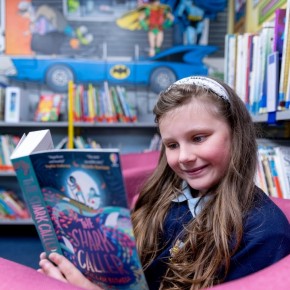
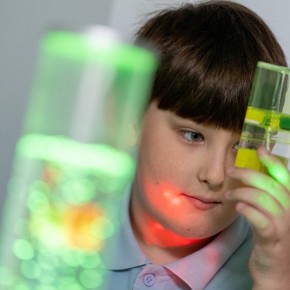
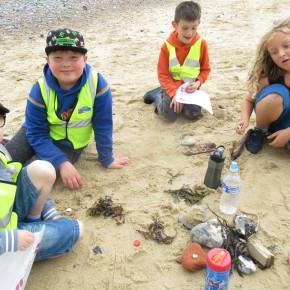
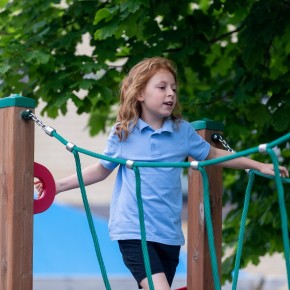
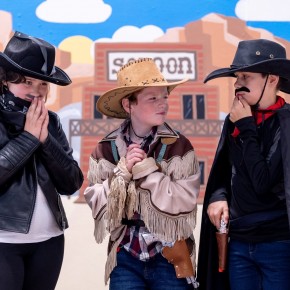
 We nurture our pupil’s curiosity and encourage them to be inquisitive about the world around them during their time at Cromer Junior School and beyond.
We nurture our pupil’s curiosity and encourage them to be inquisitive about the world around them during their time at Cromer Junior School and beyond.